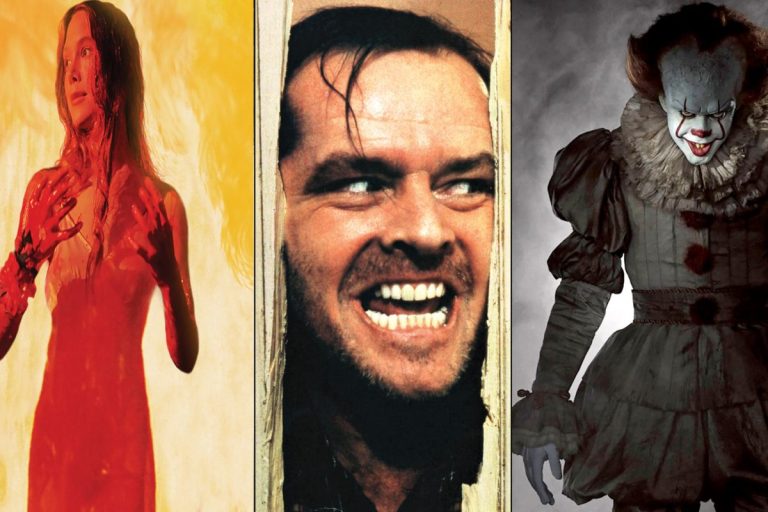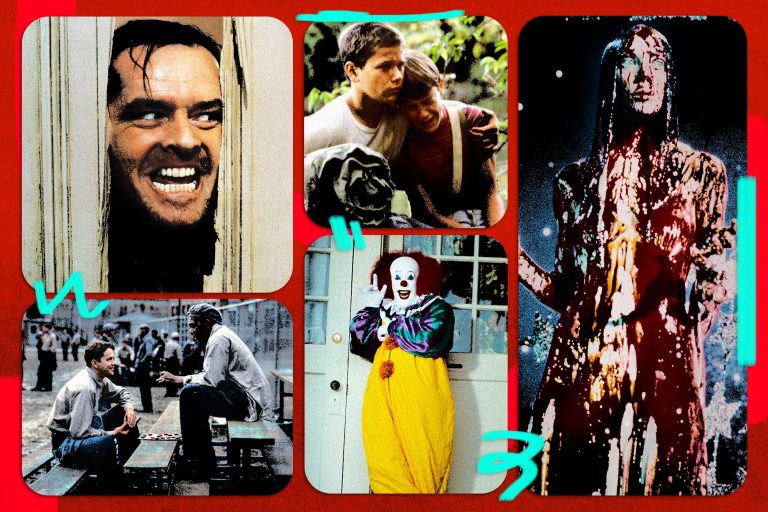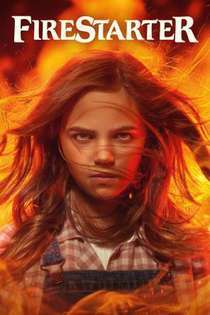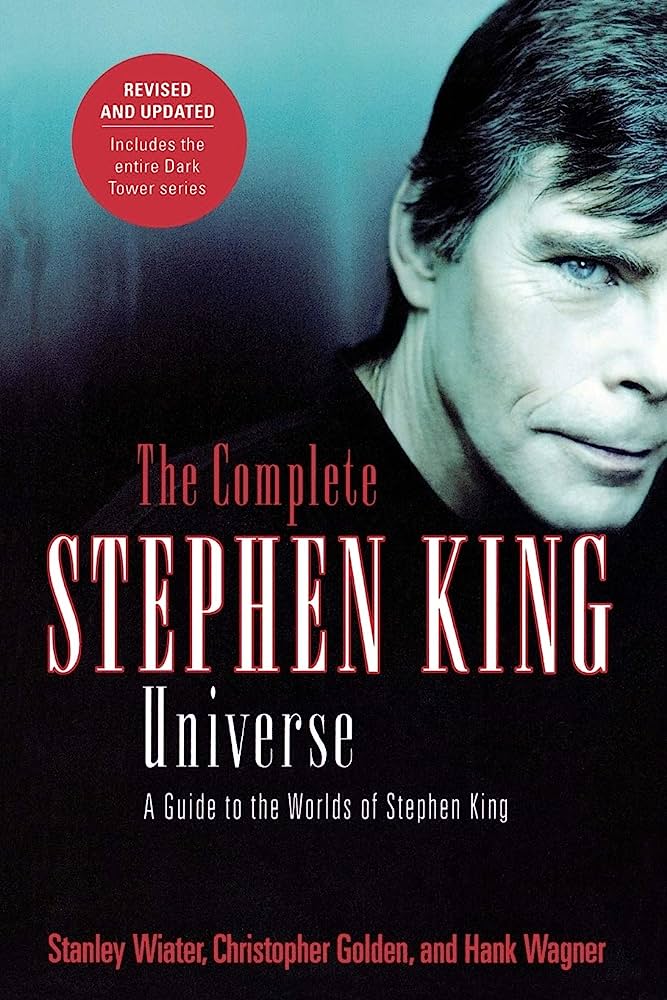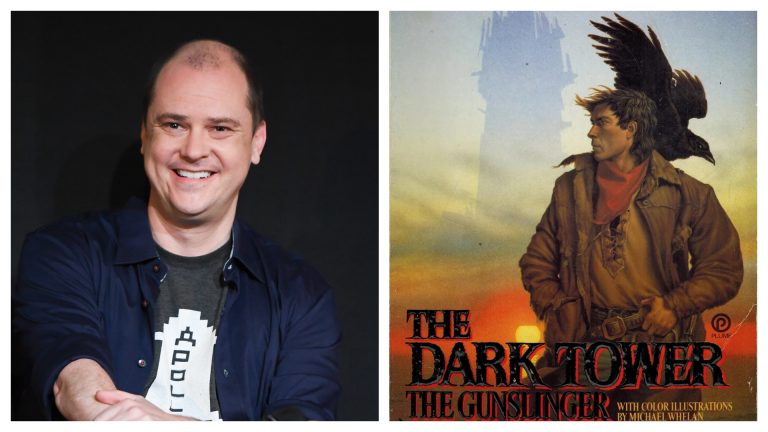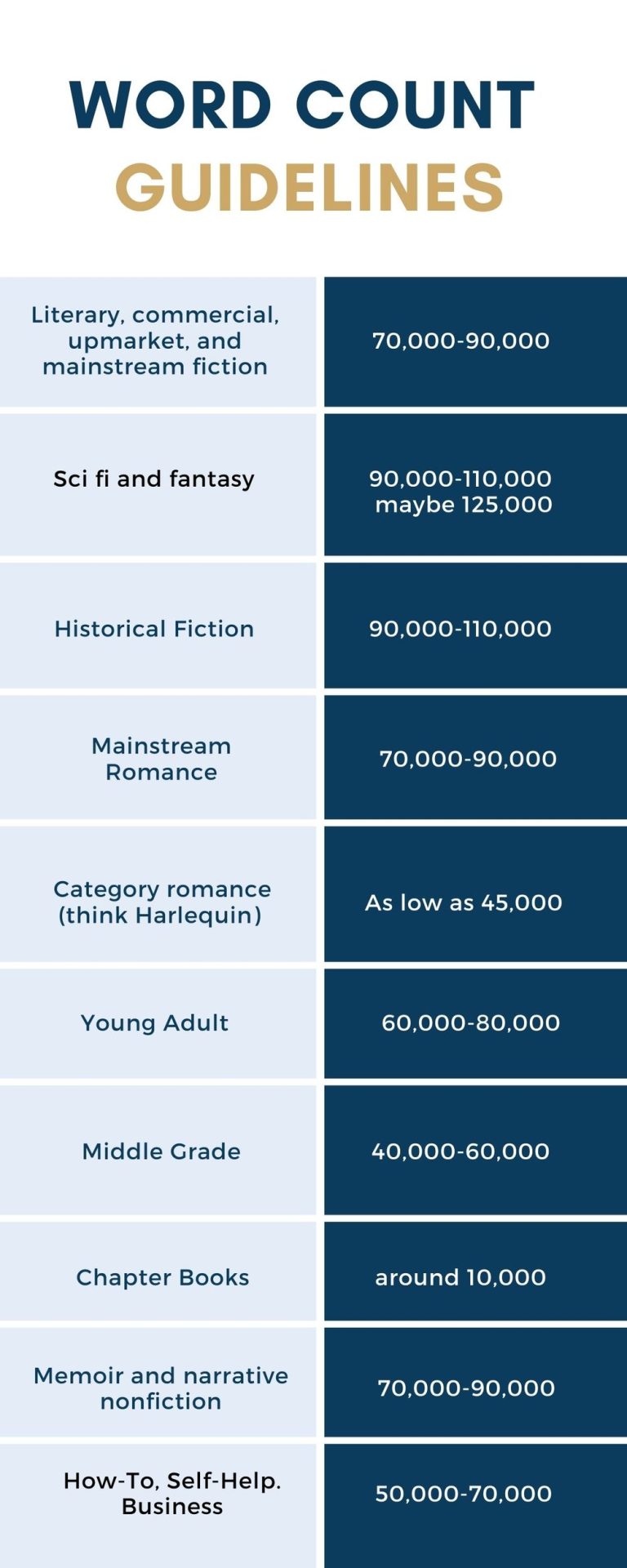The Sonic Craft Of Stephen King Movies
Stephen King is a master of storytelling, captivating readers and viewers with his thrilling tales that transcend the boundaries of imagination. But there’s more to Stephen King movies than just the gripping narratives and chilling visuals. In this article, we’ll explore the fascinating world of the sonic craft in Stephen King movies, delving into the auditory elements that add depth and intensity to his cinematic adaptations.
When it comes to crafting the perfect atmosphere, sound plays a crucial role. From the haunting melodies that send shivers down your spine to the bone-chilling sound effects that make your heart race, the sonic landscape of Stephen King movies is carefully constructed to immerse you in a world of suspense and terror. Whether it’s the eerie whispers in “The Shining” or the ominous footsteps in “It,” the sonic elements in Stephen King movies are designed to keep you on the edge of your seat, heightening the tension and amplifying the emotional impact.
Through this exploration of the sonic craft in Stephen King movies, we’ll uncover the techniques and creative choices that make these films so memorable. From the use of sound design to create a sense of dread, to the carefully selected soundtrack that enhances the mood, we’ll dive deep into the auditory world of Stephen King movies. So sit back, grab some popcorn, and get ready to be enthralled by the captivating soundscapes that bring Stephen King’s stories to life on the silver screen.
The sonic craft of Stephen King movies is a key element that contributes to the overall experience of his films. Known for his mastery of storytelling and suspense, King’s movies often utilize sound design and music to enhance the atmospheric and chilling tone of his stories. From the eerie sound effects to the haunting scores, the sonic elements in Stephen King movies play a crucial role in immersing the audience in the terrifying worlds he creates.

The Sonic Craft of Stephen King Movies
Stephen King is a master of horror and suspense, known for his captivating storytelling and ability to create vivid and terrifying worlds. But beyond the gripping plots and chilling characters, there is another element that adds a whole new dimension to his movies – the sonic craft. In this article, we will explore how sound design, music, and the overall audio experience contribute to the immersive and spine-tingling nature of Stephen King movies.
The Power of Sound Design
Sound design plays a crucial role in setting the mood and atmosphere of a Stephen King movie. From the creaking floorboards to the haunting whispers, every sound is carefully crafted to enhance the tension and create a sense of unease. The meticulous attention to detail in the sound design immerses the audience in the world of the story, making them feel like they are right there, experiencing the horrors alongside the characters.
One of the key techniques used in Stephen King movies is the manipulation of everyday sounds to create a sense of dread. For example, the sound of a child’s laughter can be distorted and slowed down to become an eerie and unsettling presence. By subverting familiar sounds, the audience is constantly kept on edge, never knowing what to expect next. This manipulation of sound adds an extra layer of psychological terror, heightening the impact of the scares.
The Role of Music
Music is another integral component of the sonic craft in Stephen King movies. The right musical score can elevate a scene from suspenseful to downright terrifying. The choice of music and the way it is used can create anticipation, build tension, and deliver powerful emotional punches.
In many Stephen King movies, the music is carefully curated to reflect the themes and tone of the story. Whether it’s the haunting piano melodies in “The Shining” or the atmospheric synth-driven score in “It,” the music becomes an integral part of the storytelling, enhancing the emotions and immersing the audience in the narrative. The use of leitmotifs, recurring musical themes associated with specific characters or events, adds a layer of depth and symbolism to the overall sonic experience.
The Importance of Foley
Foley is the art of creating and recording sound effects in post-production. It is a crucial element in Stephen King movies, as it helps bring the visuals to life and adds a sense of realism to the on-screen action. From the squelching of blood to the rustling of leaves, Foley artists meticulously recreate sounds that enhance the audience’s immersion in the story.
In Stephen King movies, Foley is often used to emphasize the grotesque and horrifying elements. The squirm-inducing sounds of bones breaking or insects crawling add a visceral quality to the scares, making them all the more unsettling. Foley is an essential tool in the filmmaker’s arsenal, allowing them to manipulate the audience’s senses and create a truly immersive experience.
The Sonic Craft in Action
To truly understand the impact of the sonic craft in Stephen King movies, let’s take a closer look at a few iconic examples.
The Shining
In Stanley Kubrick’s adaptation of “The Shining,” the sound design and music play a pivotal role in creating a sense of isolation and impending doom. The echoing footsteps in the vast, empty hallways, the haunting chants of the Grady twins, and the dissonant strings of the score all contribute to the unease and tension that permeate the film. The sonic elements work in harmony with the visuals to create an unforgettable and chilling experience.
It
In the recent adaptation of “It,” the use of sound design and music enhances the eerie atmosphere of Derry, the town plagued by Pennywise the Dancing Clown. The sound of children’s laughter distorted into unnerving echoes, the ominous whispers that seem to come from nowhere, and the haunting lullaby that plays during key moments all contribute to the sense of dread and unease. The sonic craft amplifies the scares, making every encounter with Pennywise all the more terrifying.
In conclusion, the sonic craft in Stephen King movies is a vital component that adds depth, tension, and immersion to the storytelling. From the intricate sound design to the carefully selected music and the art of Foley, every sonic element is meticulously crafted to create a truly spine-tingling experience. The sonic world of Stephen King movies is a testament to the power of sound in enhancing the horrors on screen and captivating audiences worldwide.
Key Takeaways: The Sonic Craft of Stephen King Movies
- The sound design in Stephen King movies plays a crucial role in creating suspense and horror.
- Well-crafted sound effects enhance the overall atmosphere and immerse the audience in the story.
- Stephen King movies often utilize eerie music and haunting melodies to heighten tension.
- The use of silence can be just as impactful as loud sounds, creating moments of unease and anticipation.
- Sonic elements like whispers, creaking doors, and unsettling voices contribute to the chilling experience in Stephen King movies.
Frequently Asked Questions
1. How does Stephen King use sound design to enhance the atmosphere in his movies?
Stephen King is a master of creating a chilling atmosphere in his movies, and sound design plays a crucial role in achieving this. One of the techniques he often employs is the use of subtle, eerie sounds that gradually build tension and create a sense of unease. Whether it’s the creaking of a door, the whisper of the wind, or the distant sound of footsteps, these carefully crafted sounds draw the audience deeper into the story and heighten the suspense.
In addition, King also understands the power of silence. By strategically removing sound at key moments, he creates a jarring effect that leaves the audience on edge. This manipulation of sound helps to intensify the impact of scary or suspenseful scenes, making them all the more memorable and effective.
2. What role does music play in Stephen King movies?
Music is an integral part of the sonic craft in Stephen King movies. King often collaborates with talented composers who understand the tone and atmosphere he wants to create. The right musical score can elevate the emotions of a scene, intensify scares, or create a sense of beauty and wonder.
One notable aspect of King’s use of music is his ability to choose songs that resonate with the audience on a deeper level. Whether it’s a haunting melody or a familiar tune with a sinister twist, the music in his movies becomes a character in itself, evoking specific emotions and enhancing the storytelling.
3. How does Stephen King use sound effects to enhance the horror elements in his movies?
Stephen King is a master of using sound effects to enhance the horror elements in his movies. From bone-chilling screams to the unsettling sounds of creatures lurking in the dark, King understands the power of sound to elicit fear and anticipation in the audience.
One technique King often employs is the manipulation of sound frequencies. By using low-frequency sounds, he creates a sense of dread and unease that resonates deep within the viewer. Furthermore, King’s attention to detail in the design of sound effects ensures that every creak, whisper, or growl contributes to the overall sense of terror and suspense.
4. How does Stephen King create a sense of realism through sound in his movies?
Stephen King understands the importance of sound in creating a sense of realism in his movies. By carefully selecting and designing sounds that mimic real-life environments, he immerses the audience in the story and makes it feel more authentic.
For example, King pays attention to the small details, such as the sound of footsteps on different surfaces or the ambient noise of a bustling town. These subtle touches help to ground the story in reality and make the audience connect with the characters and their experiences.
5. What impact does Stephen King’s use of sound have on the overall cinematic experience?
Stephen King’s meticulous attention to sound design enhances the overall cinematic experience in his movies. The carefully crafted soundscape draws the audience into the world of the story, immersing them in its atmosphere and heightening the emotional impact of the narrative.
Furthermore, King’s use of sound adds another layer of storytelling. Through the manipulation of sound, he conveys information, builds tension, and evokes specific emotions. It is through this sonic craft that King creates a truly immersive and unforgettable cinematic experience for his audience.
NEW FNAF SECURITY BREACH VS SONIC, Steve, Baldi, Minecraft Animation Monster Movie Story Challenge
Final Thoughts: The Sonic Craft of Stephen King Movies
Stephen King movies have captivated audiences for decades with their thrilling stories and chilling atmospheres. While the visuals and storytelling play a significant role in creating the eerie world of Stephen King, one cannot underestimate the importance of sound in enhancing the overall experience. From the haunting melodies to the spine-tingling sound effects, the sonic craft of Stephen King movies is a masterclass in creating suspense and tension.
In the world of Stephen King, sound becomes a character of its own. The carefully selected music and sound effects work hand in hand to build an unsettling ambiance that keeps viewers on the edge of their seats. Whether it’s the iconic theme of “The Shining” or the creepy whispers in “IT,” these auditory elements seep into our subconscious and heighten the emotional impact of each scene.
Furthermore, the use of sound in Stephen King movies extends beyond mere background noise. It serves as a tool for foreshadowing and building anticipation. The sudden silence before a jump scare or the subtle creaking of a door can send shivers down our spines, preparing us for the impending horror. This meticulous attention to sonic details creates a visceral experience that lingers long after the credits roll.
In conclusion, the sonic craft of Stephen King movies is a key ingredient in their success. By leveraging the power of sound, these films immerse audiences in a world of terror and suspense, leaving a lasting impression. So, the next time you watch a Stephen King adaptation, pay close attention to the haunting melodies and spine-tingling sound effects that bring his stories to life. It’s a true testament to the artistry behind the scenes and the impact that sound can have on our cinematic experience.

